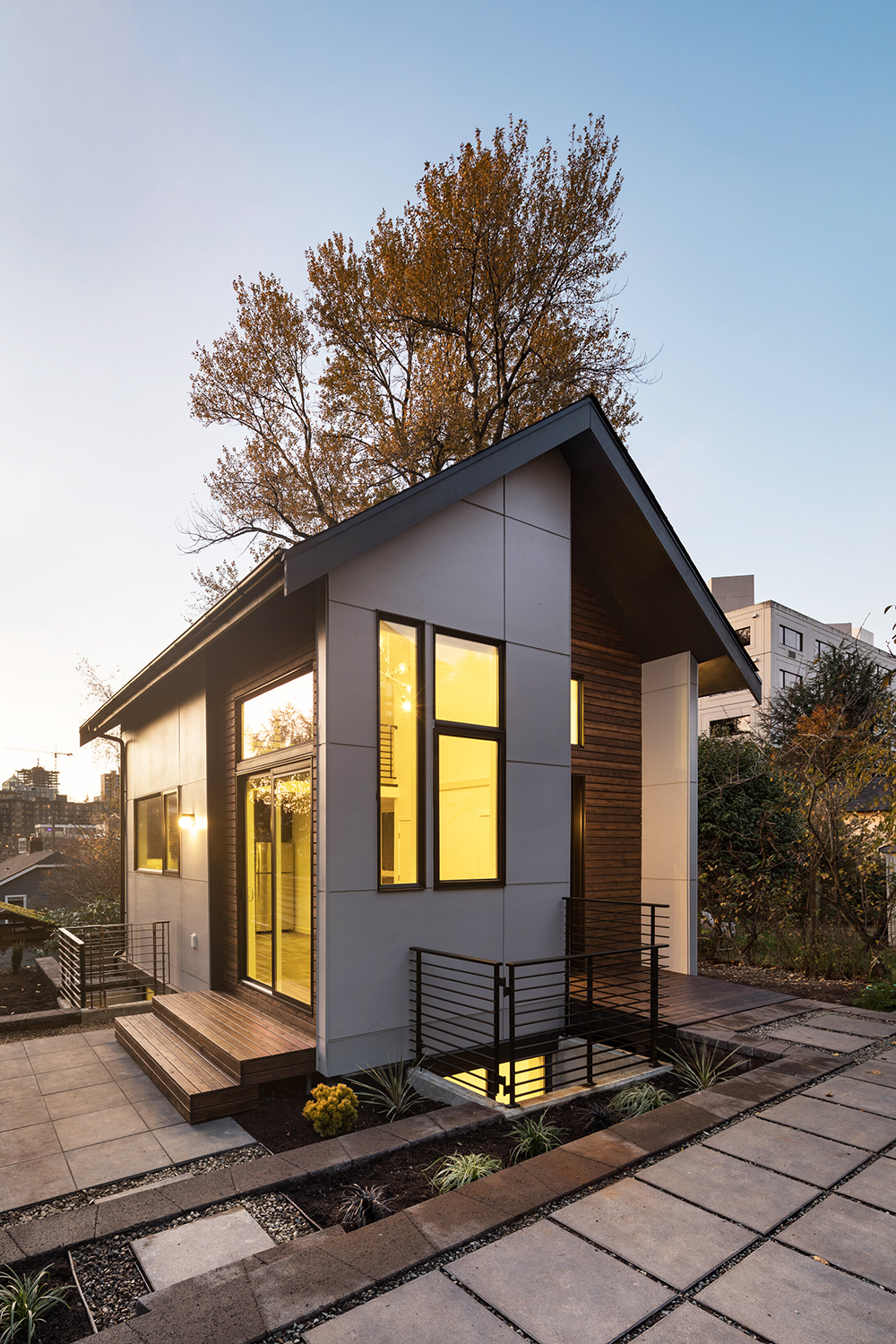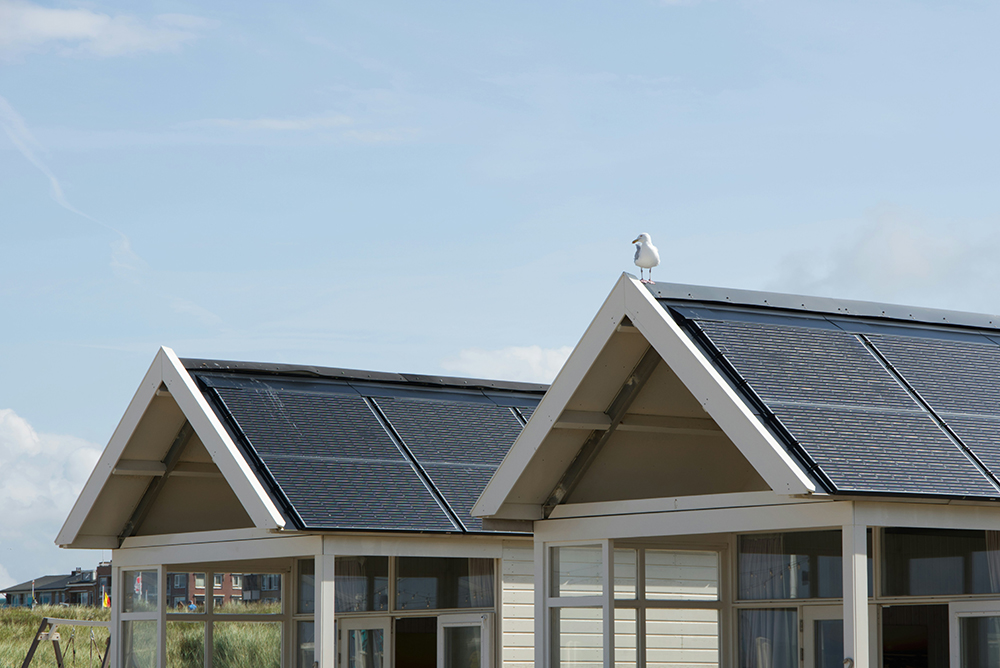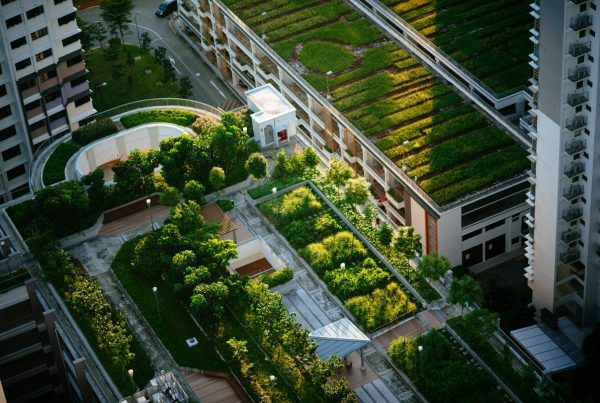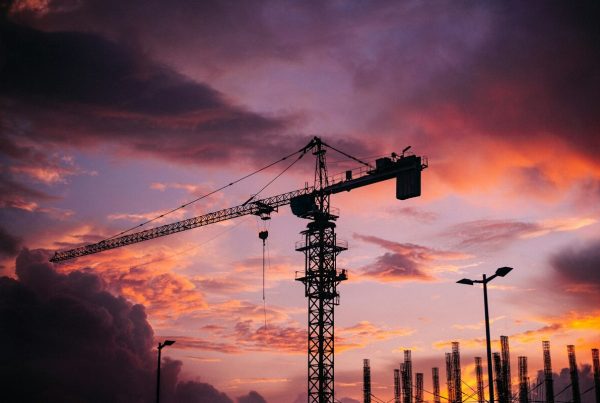A detached accessory dwelling unit (DADU) has several associations. Some call them in-law suites or granny flats. Many choose it as an alternative to retirement homes as they become more costly. Others build them as vacation rentals or places for friends and family to stay for extended visits. In the last few years, they have become popular sustainable havens in urban areas. How did this become the next housing trend among eco-friendly minds?
How DADUs Embrace Sustainable Living
Some look at DADUs and put them in the same box as tiny homes, which are also connoted with eco-friendly lifestyles. There are a lot of crossovers. The average American household has become 45% bigger than it was in the 1970s. Plus, they emit anywhere between 15-100 tons of carbon dioxide from construction alone.
The minimal square footage of a DADU makes it objectively less carbon-intensive because it uses fewer resources to sustain itself. They are also simpler to construct with eco-friendly materials, such as cross-laminated timber or recycled steel. The envelope may contain sustainable sheep’s wool or bamboo for insulation, lowering the embodied emissions from earlier stages of the building’s life cycle.
These dwellings could still use wood-burning stoves and incandescent lighting. Instead, many choose to replace these inefficiencies with sustainable improvements, such as:
- LED lighting
- Smart technologies like thermostats
- High-quality insulation
- Tankless water heaters
- Triple-paned windows
- Water recycling
It is also cheaper to install solar panels on a house using a fraction of the energy of a typical single-family household. Reduced energy consumption means people spend less money on renewable tech. Getting climate-resilient assets into DADUs as fast as possible protects them against extreme weather or blackouts. They will be able to use the excess energy they produce to keep the lights on.
How Affordability Equals Sustainability
The price of a DADU is competitive, especially when considering trends like the rising costs of elderly care. DADUs are perfect for multigenerational living on a budget because their affordability benefits society. DADUs have become so popular that they have previously overtaken Seattle’s housing market, which may recur in the future.
There are several reasons why this pushes climate objectives. One of the United Nations’ Sustainable Development Goals is reducing inequalities, which includes income convergence efforts worldwide. Accessible housing allows many renters to become owners, raising their equities and net worths.
Closing class gaps is an aspect of environmentalism because it prioritizes social equality and justice. DADUs could be part of the solution for making independent living available to more demographics. In urban areas, this could reduce discrimination and geographic divides among neighborhoods.
Similarly, their small footprint allows DADUs to fit in more places than backyards. In dense urban areas, they can squeeze into the tiniest corners near other buildings. This is critical for cities with high housing demand and low availability. With a less expensive financial commitment, DADUs could alleviate some burdens of the housing crisis.

How Design Impacts Eco-Friendliness
The equipment makes a monumental difference, but there are other ways DADUs elevate their sustainability in their blueprints. Smaller living spaces are adaptable so their layouts and furniture fit a sustainable vision with ease. For example, one skylight in a small space can make a huge impact on temperature control and natural light.
When putting or constructing the DADU on the property, consider orientation. Builders should leverage southern light exposure. This is one of the benefits of a DADU compared to an attached accessory dwelling unit (AADU), which stays connected to a primary building. Even though the DADU needs separate electrical, this gives it the chance to run on clean energy.
Passive home design could be a powerful resource because there is little area to warm. The DADU can use awnings, windows, and heat-retaining paints and flooring materials to harness the sun’s energy for radiant temperature control. These strategies may feel less influential when surrounded by thousands of square feet. Yet, they matter more in DADUs.
Landscaping is another way to level up environmental efforts. If there is green space around the DADU, residents can grow vegetables or native flowers to attract pollinators. People can also pair this with installations like rain gardens, which collect water while supporting other types of wildlife. These are influential ways to increase self-sufficiency while giving back to the planet.
DADU designs will influence zoning and permitting laws as they become even more commonplace. Research states smaller residential homes have 36% lower greenhouse gas emissions than conventional houses. This will remind policymakers how important it is to refine legislation regarding the DADU construction process, making it frictionless for future applicants.
The Age of DADUs
More people are thinking about sustainability when they think of their future homes. The smaller footprint makes eco-friendly upgrades more straightforward, empowering many to live the environmentally conscious lifestyle of their dreams. Their popularity will likely surge to combat the carbon-intensive and expensive building market in the coming years.











